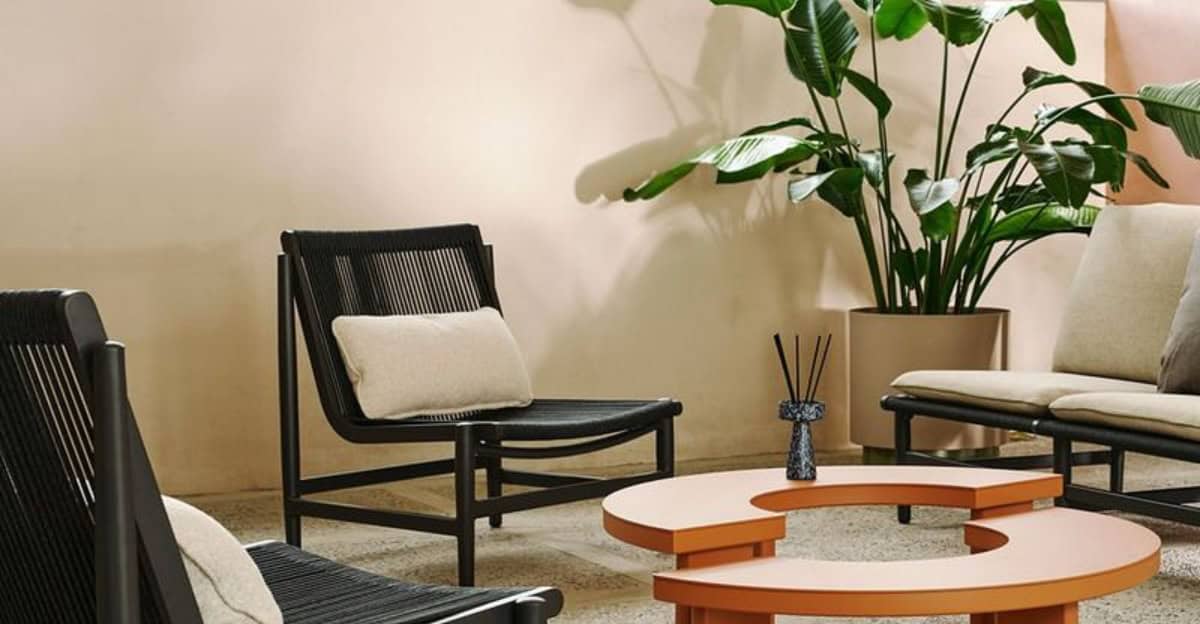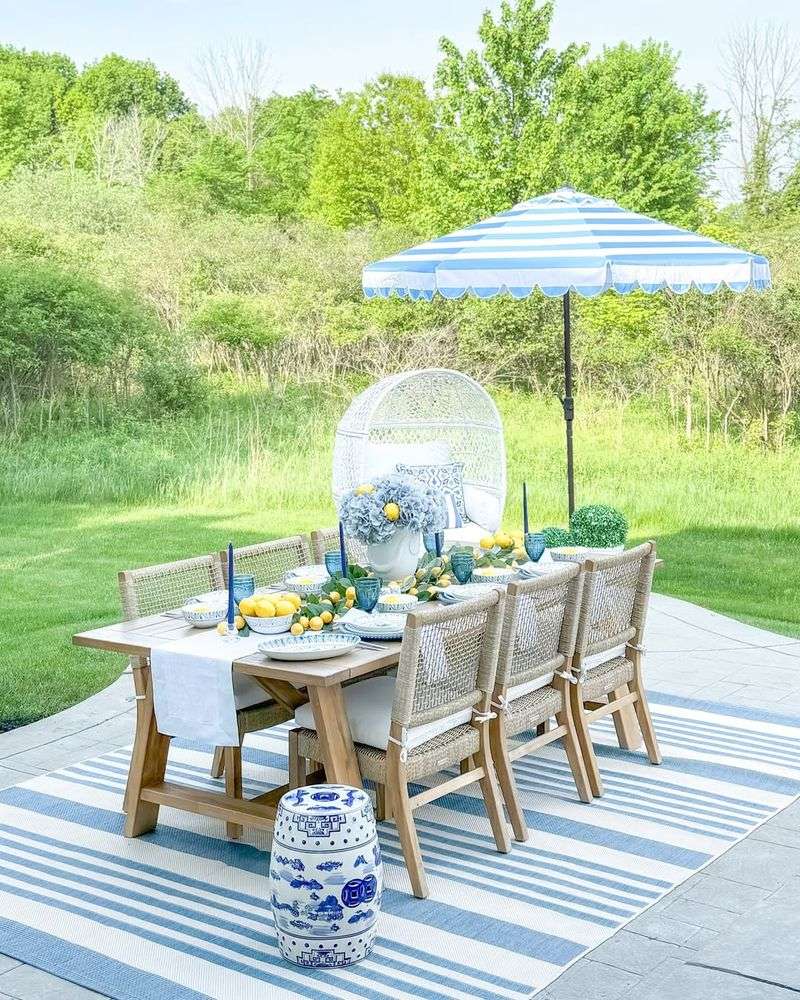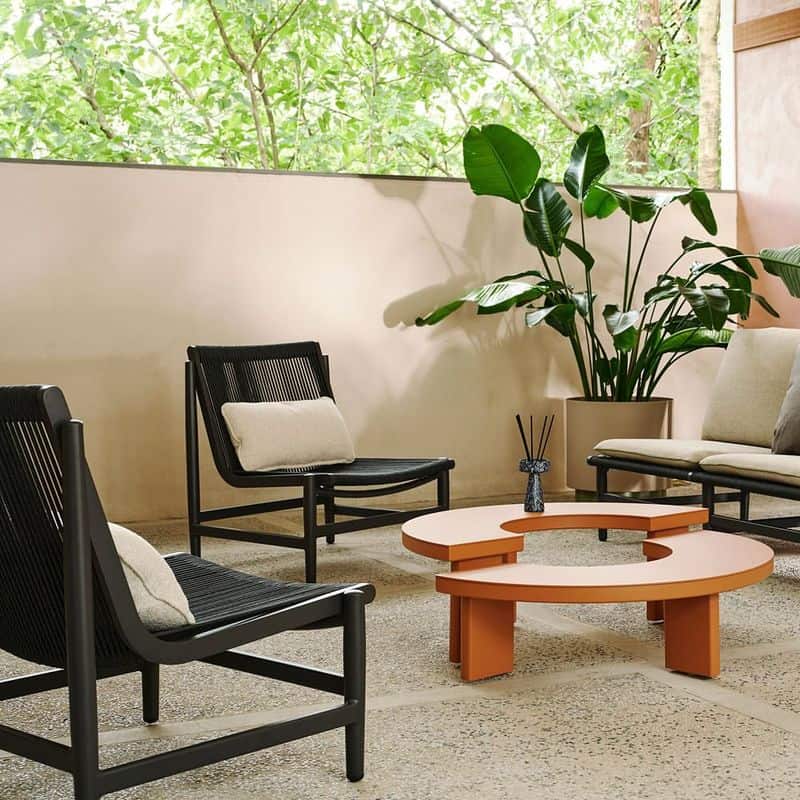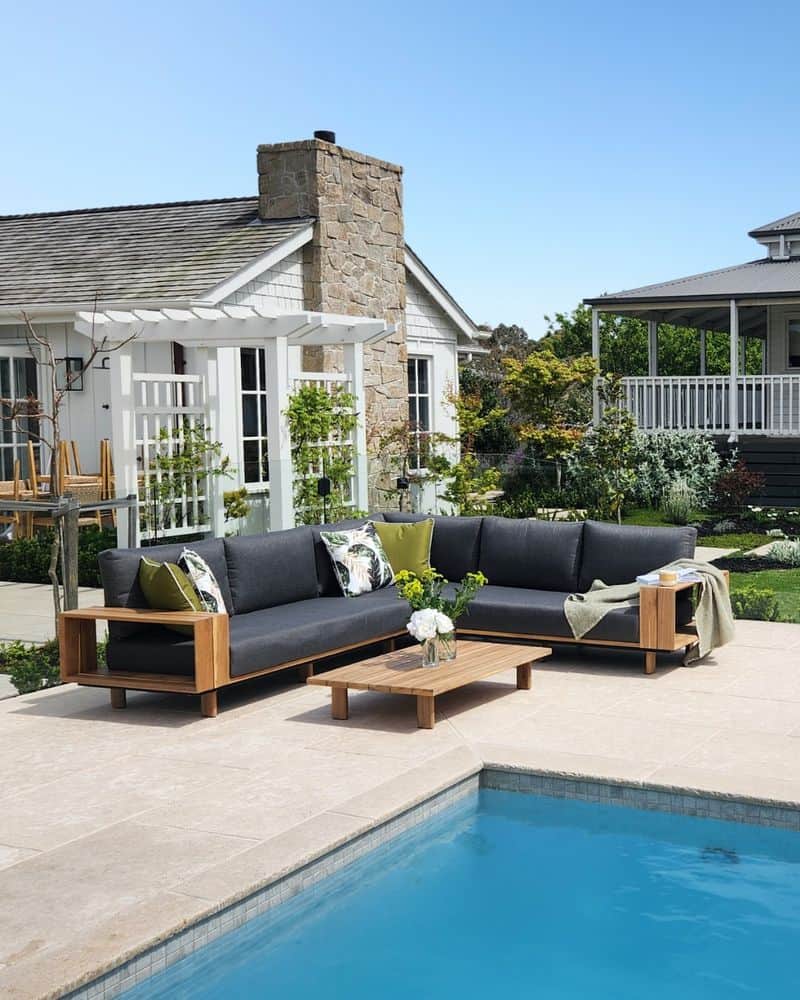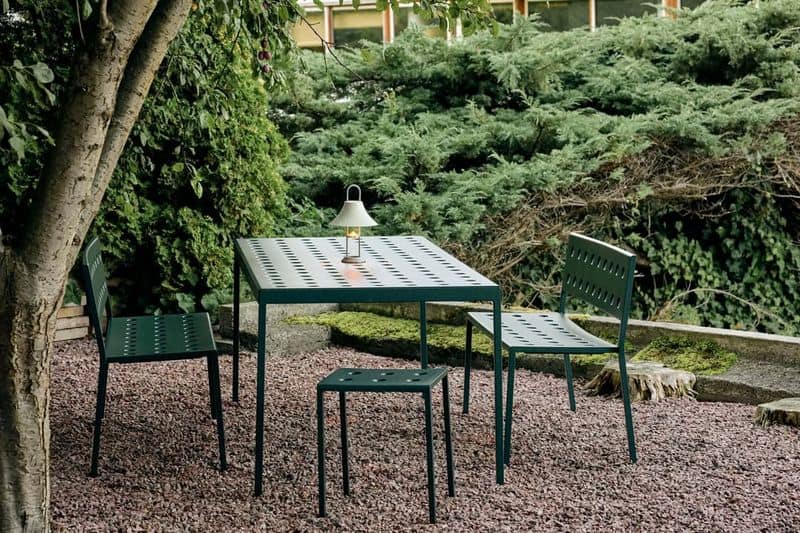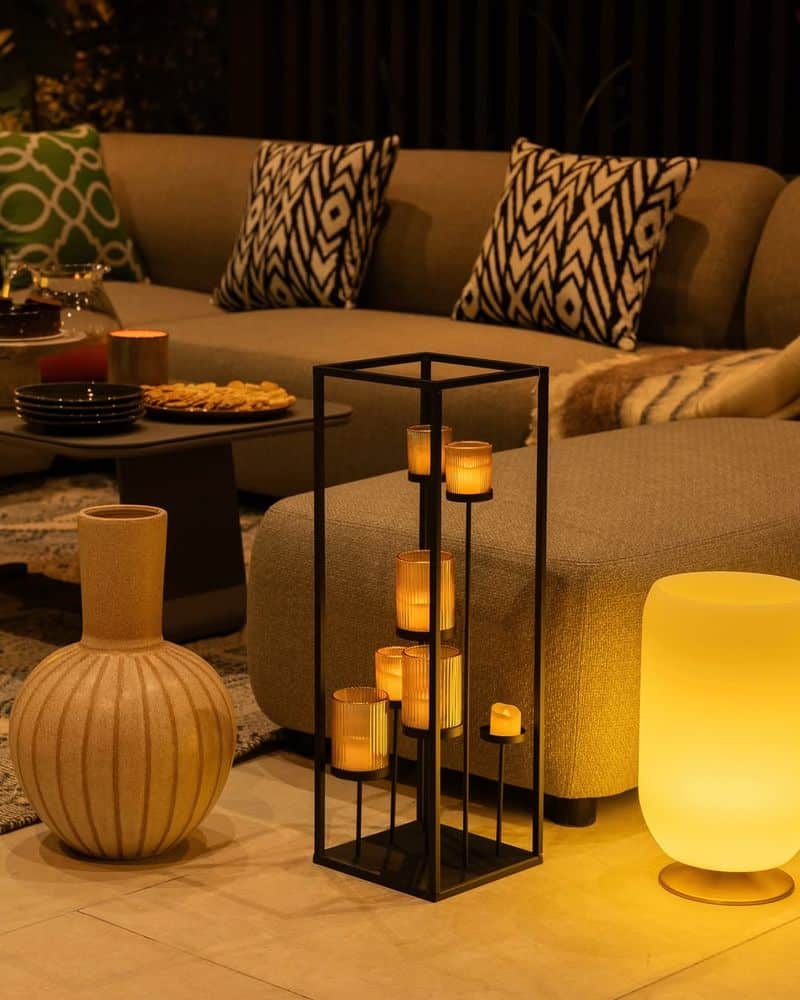Welcome to the ultimate guide for preserving your outdoor furniture’s charm and functionality. Whether your set is wood, metal, or wicker, we’ve got you covered with exactly 10 essential tips.
Let’s ensure your patio remains the envy of the neighborhood!
1. Know Your Materials
Understanding the materials of your outdoor furniture is key to its care. Wood requires different treatments than metal or wicker. Identify your furniture’s material to tailor your care approach accordingly.
Wood may need oiling to maintain its sheen, while metal might require rust prevention. Wicker, on the other hand, benefits from gentle cleaning solutions.
By knowing your materials, you’ll ensure lasting beauty and functionality. This initial step is crucial for any outdoor furniture caretaker. It’s all about meeting the unique needs of each material.
2. Regular Cleaning: The Not-So-Glorious Chore
Cleaning might not be glamorous, but it’s necessary for longevity. Regular cleaning prevents dirt buildup, which can degrade materials over time. Use mild soap and water for most surfaces.
Avoid harsh chemicals that can strip protective finishes. For metal, especially, ensure proper drying to prevent rust.
Make cleaning a routine rather than a rare event. Your outdoor furniture will thank you, and so will your future self. Remember, a clean start leads to a durable finish.
3. Cushion Care: Because Comfort Matters
Cushions add comfort but require attention. Regularly fluff and rotate them to maintain their shape. When not in use, store them indoors or in a weather-resistant box.
Frequent washing can fade colors, so spot clean when possible. Use fabric protectors to repel water and stains.
Caring for cushions extends their life and keeps your seating area inviting. It’s a small effort for a big reward. Cushions deserve as much care as the furniture itself.
4. Protective Measures: Because Weather Happens
Weather can be unpredictable, so protect your furniture with covers. These act as shields against rain, sun, and snow.
Invest in high-quality covers that fit well and allow ventilation. This prevents mold and mildew buildup.
Think of covers as your furniture’s raincoat and sunscreen. They preserve its condition and prolong its life. It’s a small investment for long-term protection.
5. Storage: The Winter Retreat
Winter can be harsh, so give your furniture a retreat. Store it in a dry, sheltered place like a garage or shed.
If indoor storage isn’t possible, stack and cover furniture to minimize exposure.
Proper storage prevents damage from freezing temperatures and moisture. It’s like sending your furniture on a winter vacation. Safe storage ensures a fresh start in spring.
6. Address Issues Promptly: Because Procrastination Isn’t Just for Homework
Don’t delay repairs; address them as soon as they arise. Tighten screws, replace missing slats, and fix any wobbling.
Ignoring small problems can lead to bigger, costly repairs. Keep a toolkit handy for these minor fixes.
Timely attention keeps your furniture safe and functional. It’s about being proactive rather than reactive. Regular maintenance avoids unnecessary expenses.
7. Embrace the Patina: When Aging Gracefully Is an Option
Some materials develop a patina that adds character. Embrace this natural aging process in metals and woods.
While it’s tempting to always aim for newness, patina can enhance aesthetic appeal. It tells a story of well-loved furniture.
Balance maintenance with the beauty of aging gracefully. Not all signs of aging need erasing. It’s about appreciating the charm of keeping furniture authentic.
8. Keep It Dry: Because Nobody Likes a Damp Seat
Moisture is a common enemy. Keep furniture dry to prevent mold, rust, and decay. Wipe surfaces after rain and consider elevating furniture to avoid puddles.
For cushions, ensure they dry completely before storing. This avoids musty odors and mold growth.
A dry seat is more inviting and extends furniture life. It’s a small task that makes a big difference, ensuring comfort and durability.
9. Gentle Touch: Because Furniture Deserves Kindness
Handle your furniture with care. Avoid dragging pieces, which can cause damage. Use soft cloths and non-abrasive cleaners for maintenance.
Gentle handling prolongs life and keeps aesthetic appeal. Each piece is an investment; treat it as such.
Furniture responds well to kindness, retaining its beauty and function. It’s about respecting your belongings, ensuring they’re around for years.
10. Regular Inspections: The Furniture Check-Up
Routine inspections catch issues before they escalate. Check for wear, tear, and any structural problems.
Use a checklist to ensure thorough examination. This habit saves time and money in long-term care.
Inspections are like health check-ups for your furniture. They ensure everything is in top condition, ready for enjoyment. Consistency is key to prolonged use and enjoyment.

